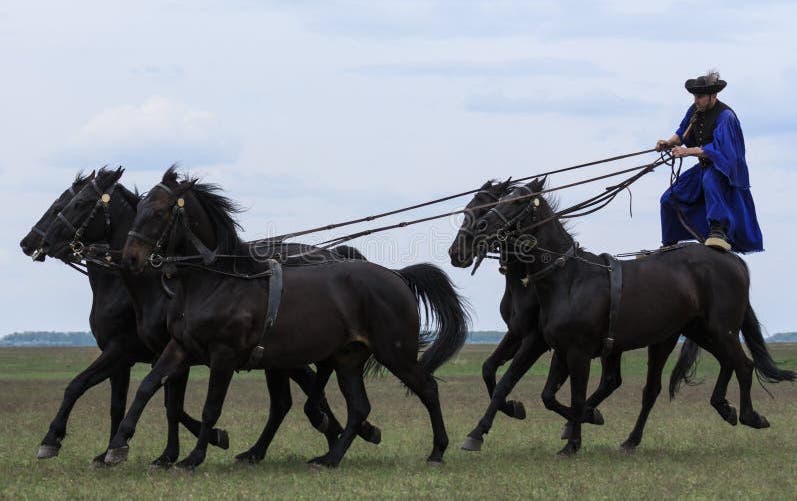Cowboys in Hungary. Who Knew?
Well, truthfully, my wife knew because she lived in that amazing country for a year . . . and has any number of fascinating stories about the experience.
For instance there was the unpleasant woman who was part concierge, part stool pidgin in the apartment building where my wife was living.
This unpleasant women was the “go-to” person when something in the little apartment wasn’t functioning properly . . . like no heat for three or four consecutive days in the middle of winter.
Whenever my wife—this was before I had met her—presumed to suggest that something in the apartment was not functioning properly, the concierge took these complaints, as though each one was a personal criticism of her job performance and she would berate Paula as a chronic complainer, invariably concluding with the ultimate threat: “I am going to report you UP!”
On one of our two trips to Hungary together, we spent three days on the pusta, Hungary’s “Great Plain,” where there are cattle and Hungarian cowboys—called chikosh— to wrangle them.
We had been informed by the manager of what passed for a hotel that there was to be a horsemanship demonstration on one of the days we were to be there.
We arrived at the appointed location and the chikosh—there were three or four of them—all wore identical traditional clothing: Navy blue in color, cut in a flowing design. High black boots and a stylish broad brimmed hat. Each young man carried a long coiled bull whip. The “look” was, in a word, absolutely sensational!

Holding the reins of five horses in his left hand and cracking a bullwhip with his right.
These are the men who look after the special breed of cattle raised there—black, with very long horns—that are highly prized by the Hungarians.
We were treated to a stunning display horsemanship when one of the chikosh mounted his horse and casually trotted off to a spot out of sight behind a copse of trees.
Not 30 seconds later, he emerged at full gallop, driving a herd of 30 or 40 long-horned steers ahead of him and whirling and cracking his bull whip over the rumps of the cattle.
Around the field they went—horse and steers at full gallop—finally disappearing behind that same small grove of trees. It was over almost before we knew it, but it was breath-taking! Not 60 seconds later, the chikosh reappeared. This time he was standing on the rumps of two horses with three horses racing beside each other in the lead. He was holding all five reins in his left hand and, with his right hand, was cracking his bull whip over the rumps of all five horses. He thundered past where our little cluster of tourists was standing, mouths open, staring at a scene the likes of which none of us will ever see again.
It was thrilling . . . and unforgettable . .. the only words that come close to being adequate.
As we were returning to our cars after the performance, a British tourist I had been chatting with earlier, looked at me and said, with a stunned expression on his face, “I’ve been around horses all my life, but I don’t expect to ever see such horsemanship again in my lifetime.”
I looked back at the field. The two chikosh were sprawled in the shade under a tree. One was puffing on a cigarette. Just a couple of teenage kids who also happen to be absolutely superb horsemen.

